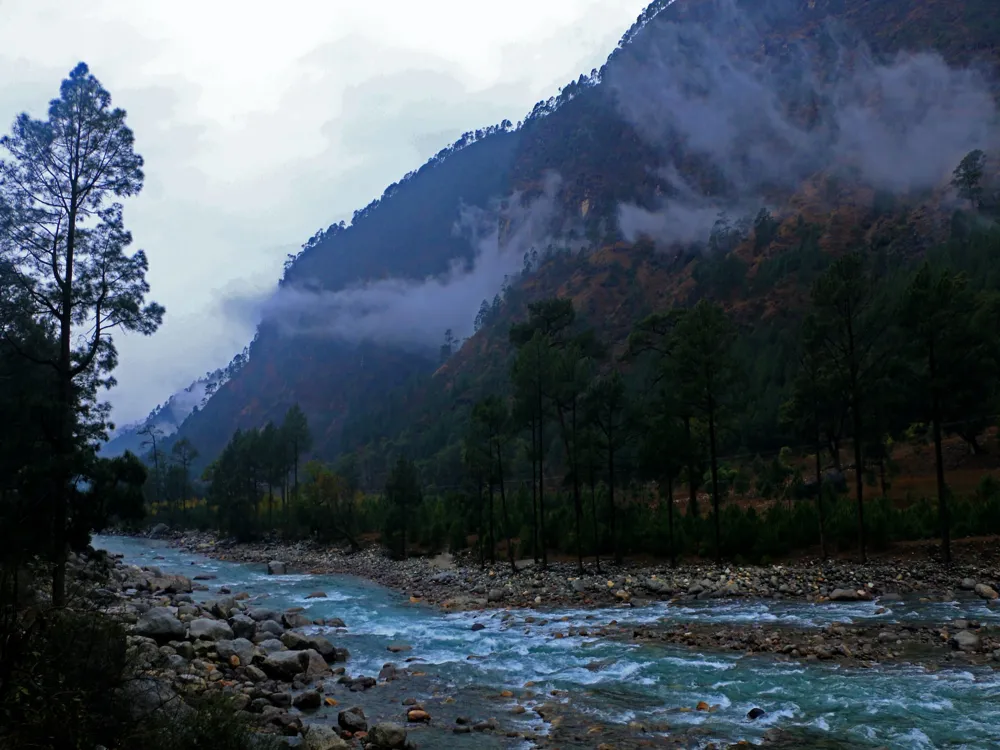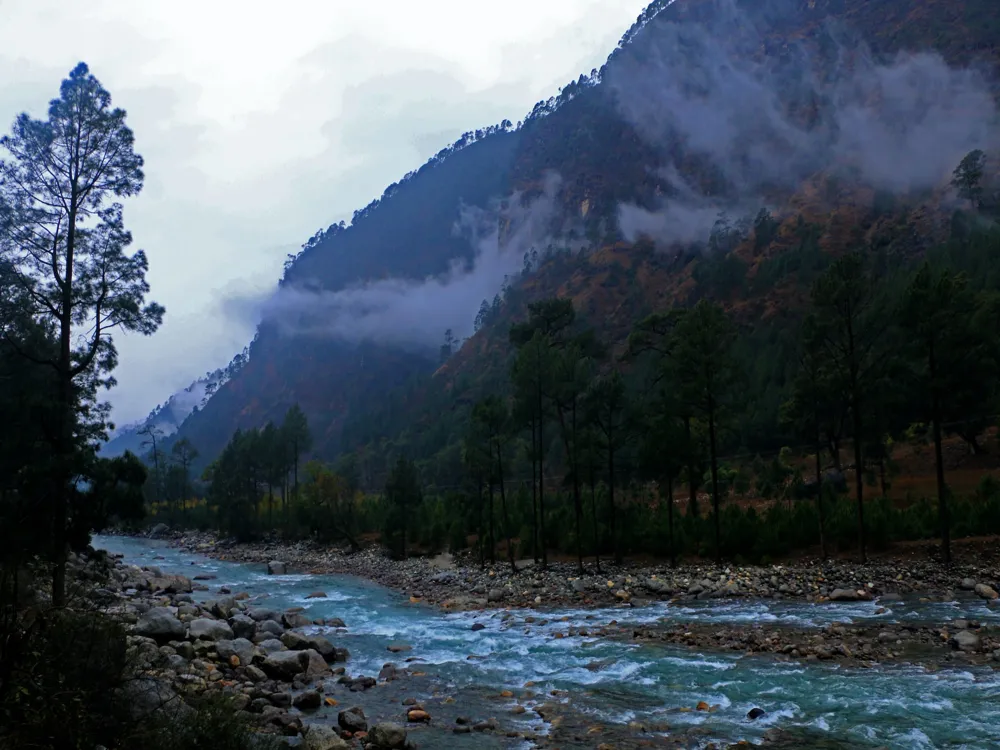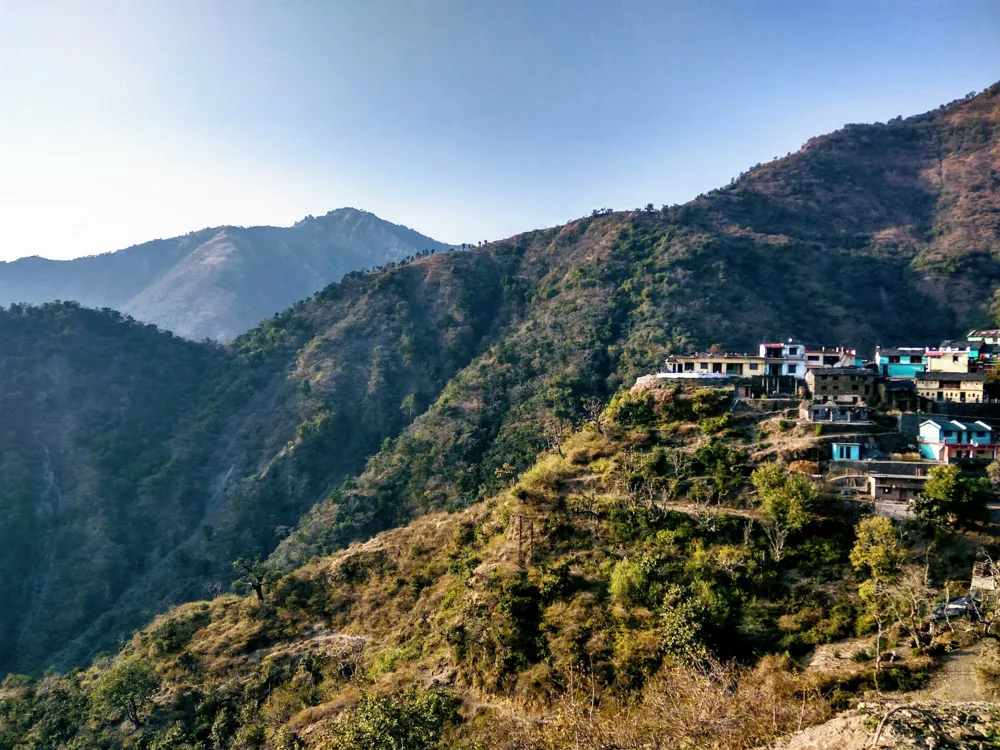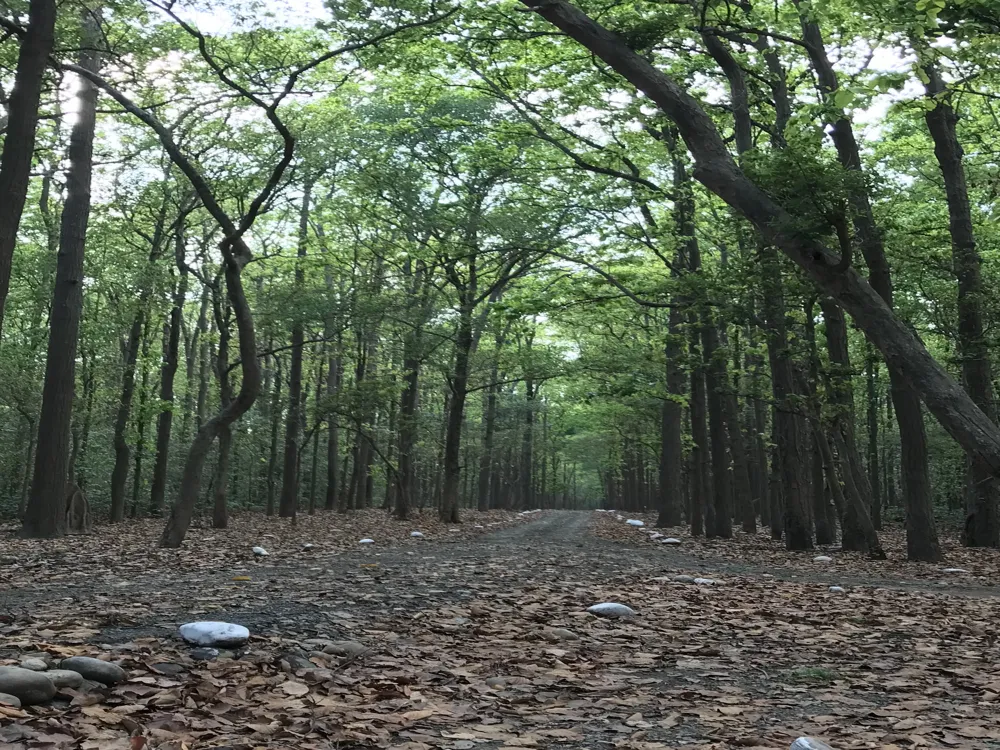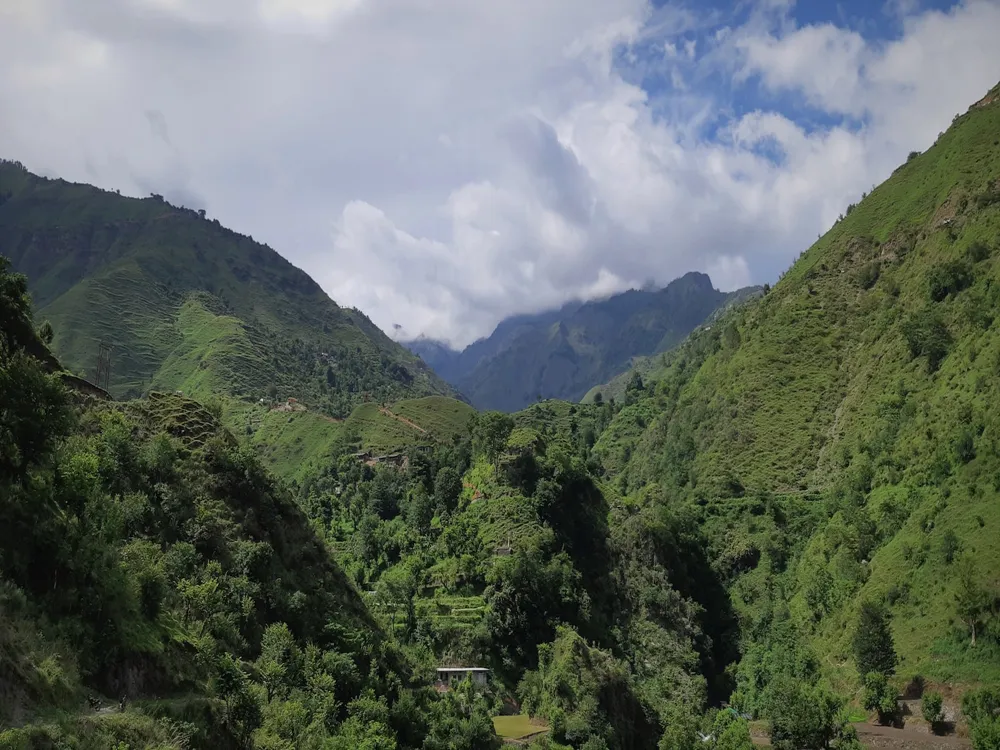Lambi Dehar Mines, situated in the picturesque town of Mussoorie in Uttarakhand, holds a significant yet enigmatic place in the history of Indian mining. These mines, which were once bustling with activity, are now shrouded in mystery and allure. Established during the early 20th century, the Lambi Dehar Mines were primarily known for their extensive limestone extraction, playing a vital role in the industrial development of the region. However, the mines are not just a symbol of industrial progress; they are also a testament to the resilience and hardships of the miners who worked there. The history of Lambi Dehar Mines is both fascinating and somber. In its heyday, the mines employed over 50,000 workers who toiled under challenging conditions. The work was grueling, and the environment was hazardous, leading to numerous health issues among the miners. Tragically, it is believed that due to these unsafe working conditions, a large number of workers lost their lives, which eventually led to the closure of the mines. This dark history has given rise to various local legends and myths, making Lambi Dehar Mines a subject of intrigue and mystery among locals and tourists alike. Today, the mines stand as a hauntingly beautiful reminder of the past. The ruins of the mines, set against the backdrop of the lush green hills of Mussoorie, offer a picturesque yet poignant scene. Visitors to Lambi Dehar Mines can explore the remnants of the mining structures, which include dilapidated buildings, rusting machinery, and the eerie mine shafts that delve deep into the earth. The site has become a popular destination for those interested in history, industrial archaeology, and even paranormal enthusiasts, given the mines' reputation as one of the most haunted places in India. The architectural design of Lambi Dehar Mines is a reflection of the early 20th-century industrial architecture that was prevalent in India during the British colonial era. The mines were constructed with a focus on functionality, catering to the industrial needs of limestone extraction. The main structures at the site include the mining shafts, processing units, and workers' quarters. The mining shafts, the most prominent feature of the Lambi Dehar Mines, were engineered to delve deep into the earth to reach the limestone deposits. These shafts were supported by a framework of iron and wood, which is now rusted and decaying, adding to the site's eerie ambiance. The processing units, where the extracted limestone was processed and prepared for transportation, consist of large, open spaces with remnants of machinery and conveyor belts. The workers' quarters, although now in ruins, give us a glimpse into the lives of the miners. These quarters were simple, built with the basic necessities in mind, reflecting the modest living conditions of the workers. The architecture of these buildings was utilitarian, with small rooms and minimal adornments. Before heading to Lambi Dehar Mines, it's important to plan your visit. Check the weather conditions, as the mines are located in a hilly area and the weather can be unpredictable. It's also advisable to visit during daylight hours for safety and better visibility. Given the dilapidated state of the mines, it is crucial to prioritize safety. Wear sturdy footwear to navigate the uneven terrain, and be cautious around the ruins to avoid any accidents. It's also recommended to visit in a group and stay within designated areas. Considering the historical and architectural significance of the mines, hiring a local guide can greatly enhance your experience. Guides can provide valuable insights into the history of the mines, share local legends, and ensure that you don't miss any important features of the site. The Lambi Dehar Mines offer stunning visuals for photography enthusiasts. From the architectural ruins to the scenic views of the surrounding landscape, there are ample opportunities for capturing beautiful photographs. However, remember to respect the site and avoid any risky positions for the sake of a photo. To reach Lambi Dehar Mines, visitors can travel to Mussoorie, which is well-connected by road to major cities like Dehradun and Delhi. From Mussoorie, the mines are located at a short distance and can be easily accessed by local transport. Taxis and buses are available from Mussoorie, and the journey offers a scenic route through the beautiful hills of Uttarakhand. For those driving their vehicles, parking facilities are available near the site. The approach to the mines involves a short walk, allowing visitors to immerse themselves in the natural beauty of the region as they approach this historic and mysterious site. Read More:Overview of Lambi Dehar Mines in Mussoorie, Uttarakhand
Architecture of Lambi Dehar Mines
Tips When Visiting Lambi Dehar Mines
Plan Your Visit
Safety Precautions
Hiring a Local Guide
Photography
How To Reach Lambi Dehar Mines
Lambi Dehar Mines
Mussoorie
Uttarakhand
₹ 3,500 onwards
View mussoorie Packages
Weather :
Tags : Amusement & Theme Park
Timings : Any to Any
Time Required : 1 - 2 hrs
Entry Fee : No Entry Fee
Planning a Trip? Ask Your Question
Mussoorie Travel Packages
View All Packages For Mussoorie
Top Hotel Collections for Mussoorie

Private Pool

Luxury Hotels

5-Star Hotels

Pet Friendly
Top Hotels Near Mussoorie
Other Top Ranking Places In Mussoorie
View All Places To Visit In mussoorie
View mussoorie Packages
Weather :
Tags : Amusement & Theme Park
Timings : Any to Any
Time Required : 1 - 2 hrs
Entry Fee : No Entry Fee
Planning a Trip? Ask Your Question
Mussoorie Travel Packages
View All Packages For Mussoorie
Top Hotel Collections for Mussoorie

Private Pool

Luxury Hotels

5-Star Hotels

Pet Friendly








